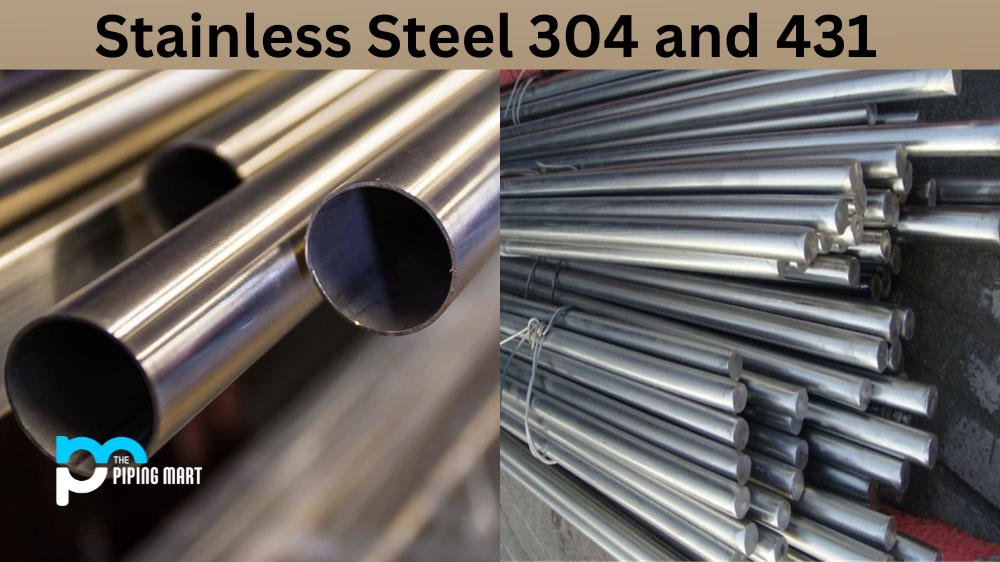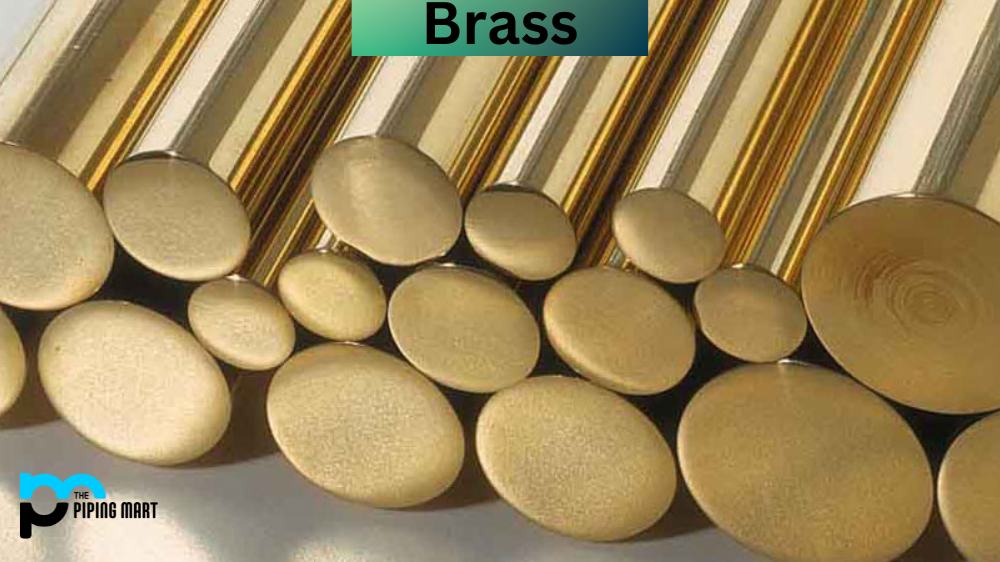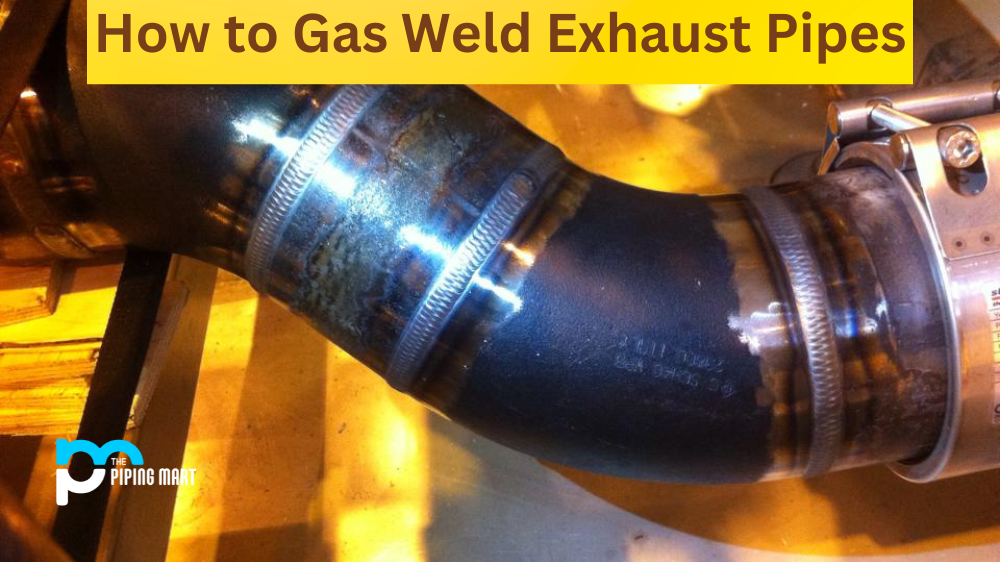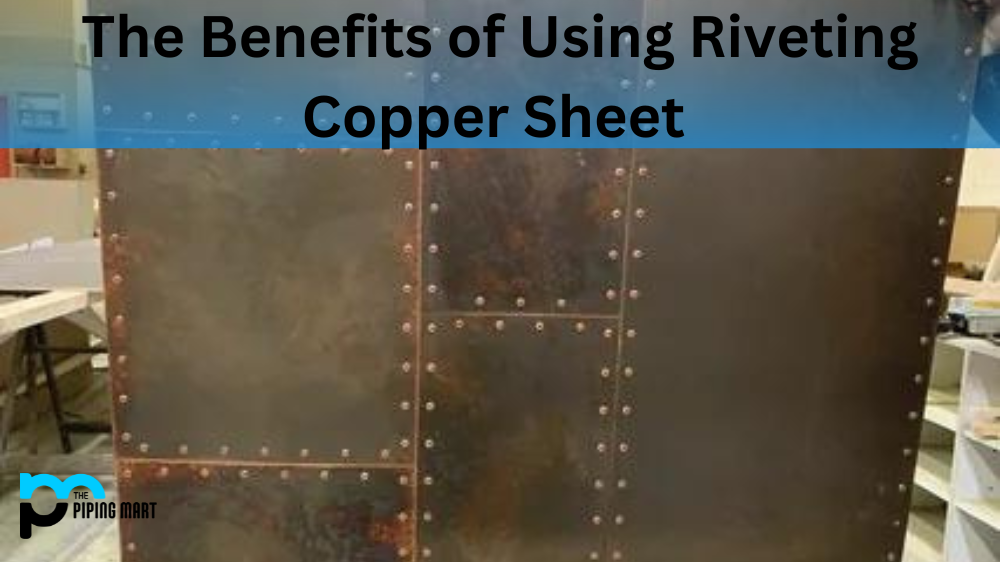Stainless steel is a popular material used in various industries such as construction, food processing, automotive, etc. These versatile materials are known for their high corrosion, stain, and rust resistance. Stainless steel comes in different grades; the most common types are stainless steel 304 and stainless steel 431. If you need to become more familiar with these grades and their differences, keep reading as we explore each type’s characteristics, applications, pros, and cons.
Stainless Steel 304
Stainless steel 304 is one of the most commonly used grades in the market. It’s a non-magnetic alloy that consists of chromium and nickel, making it resistant to rust and corrosion. Its properties make it versatile in various applications such as cookware, medical equipment, architecture, etc. Stainless steel 304 is also easy to clean, making it an excellent option for applications that require strict hygiene standards. Furthermore, it’s malleable at room temperature, making it ideal for fabrication.
However, stainless steel 304 also has its limitations. It’s unsuitable for high-temperature environments because it doesn’t have the same heat resistance properties as other stainless steel grades. Additionally, it’s less durable than other grades, making it unsuitable for applications requiring high strength.
Stainless Steel 431
Stainless steel 431 is commonly used to produce nuts, bolts, pumps, and shafts. It contains higher levels of chromium and nickel than stainless steel 304, which gives it higher strength and hardness. As a result, it’s an excellent option for high-stress applications that require high strength levels. Stainless steel 431 is also magnetic, making it ideal for applications that require magnetic properties.
While stainless steel 431 has benefits, it could be better for applications requiring excellent corrosion resistance. It’s less resistant to rust or corrosion than stainless steel 304; hence, it’s not ideal for use in harsh environments that cause oxidation or pitting corrosion.
Difference Between Stainless Steel 304 and 431
Applications of Stainless Steel 304 and 431
Stainless steel 304 is an excellent option for applications that require high hygiene and excellent resistance to rust and corrosion. Examples include cookware, medical equipment, food processing equipment, architecture and construction, and various industrial applications.
On the other hand, Stainless steel 431 is ideal in situations where high strength and hardness are needed, such as bolts, nuts, gears, and shafts. Its magnetic properties make it ideal for various fabrication applications and automotive components.
Pros and Cons of Stainless Steel 304 and 431
Stainless Steel 304 has a wide range of applications, is versatile, and is easy to clean. It’s also safe for use in the cooking and healthcare industries. However, its limitations include its low durability and unsuitability in high-temperature environments.
Stainless Steel 431, on the other hand, has excellent hardness and strength properties that make it ideal in high-stress applications. Its magnetic properties also make it useful in fabrication and automotive components. However, it could be better for use in environments that require exceptional rust and corrosion resistance.
Conclusion
Understanding the differences between stainless steel 304 and 431 is essential to ensure you choose the right grade for your application. Both grades have benefits and limitations, making the grade choice dependent on the specific application and its requirements. Stainless steel 304 is suitable for corrosion-resistant applications, while stainless steel 431 is best for high-stress applications requiring high strength levels. Consult stainless steel experts and consider all factors before choosing the right grade.

Hey, I’m Krutik, a casual blogger expert in the metal industry. I am passionate about providing valuable information to my readers. With a background in engineering and construction, I like playing Cricket & watching Netflix shows in my free time. Thank you for visiting my blog, and I hope you find my information helpful!




